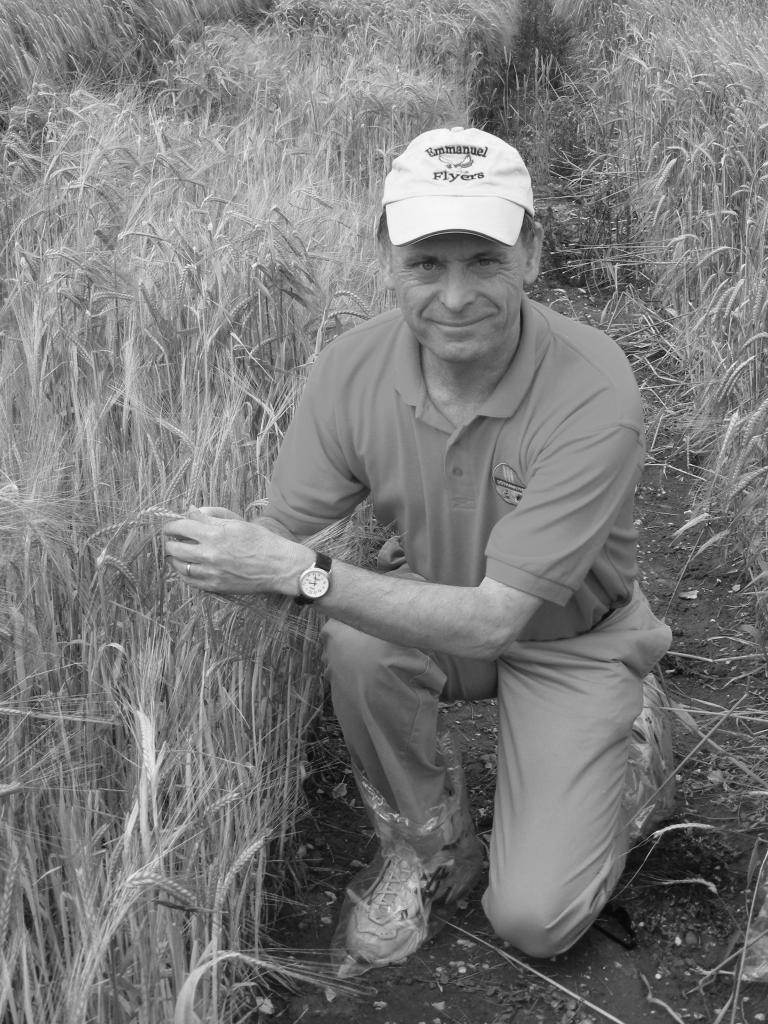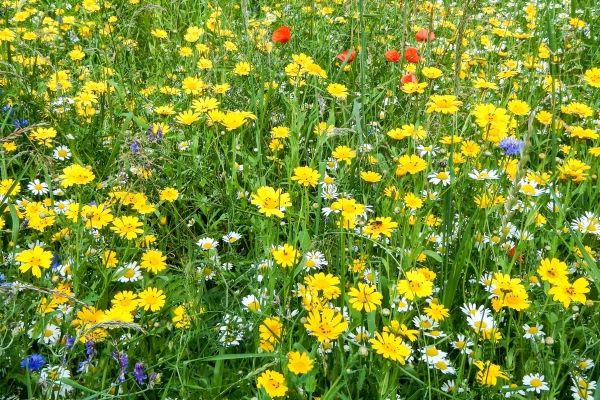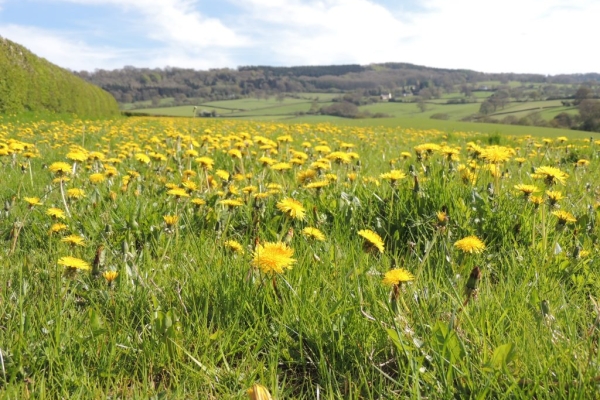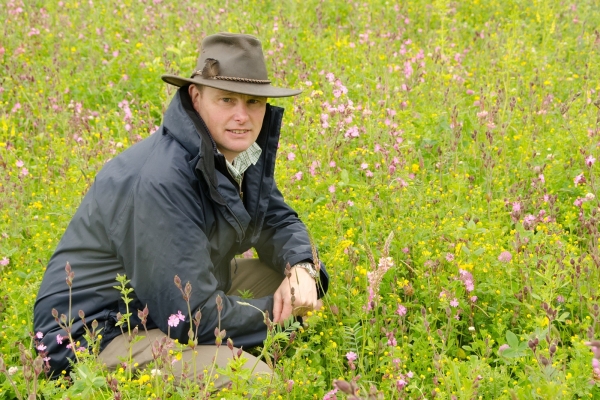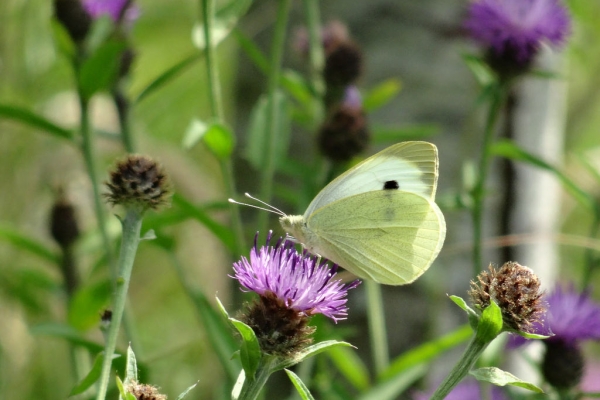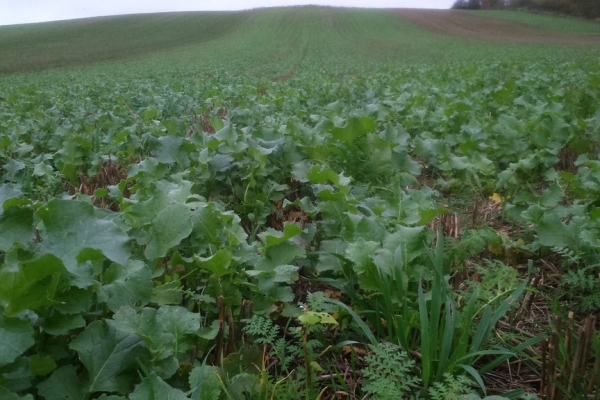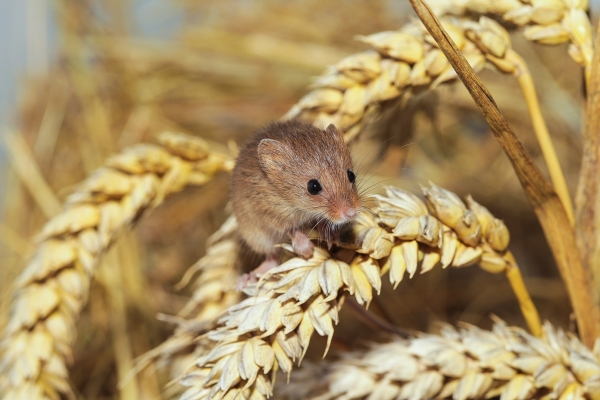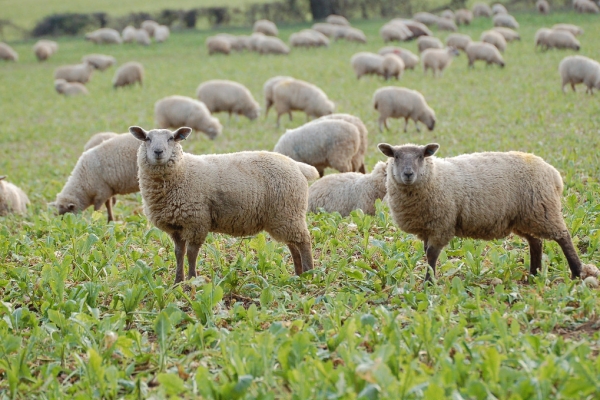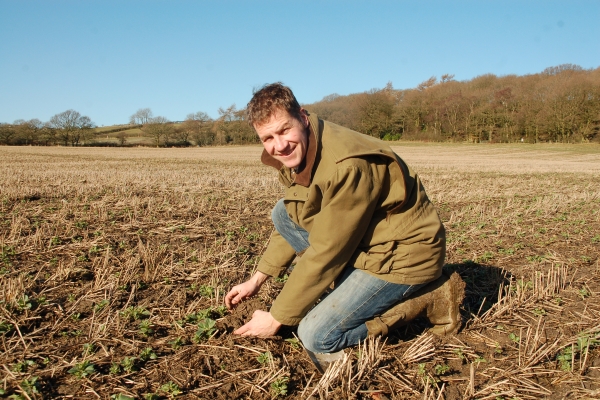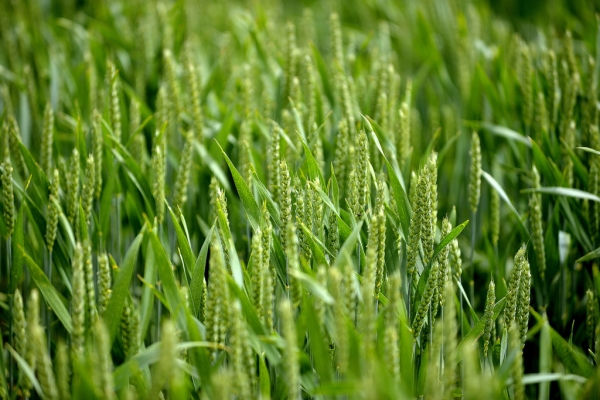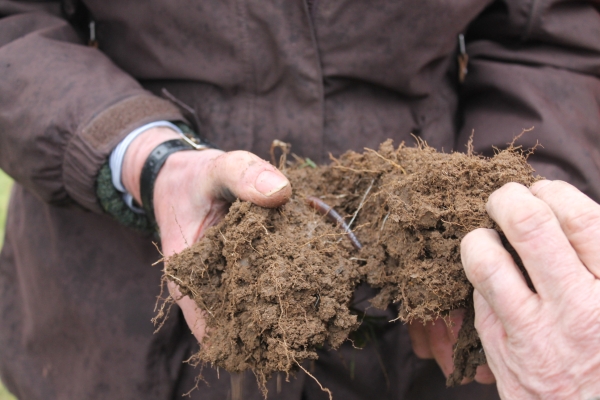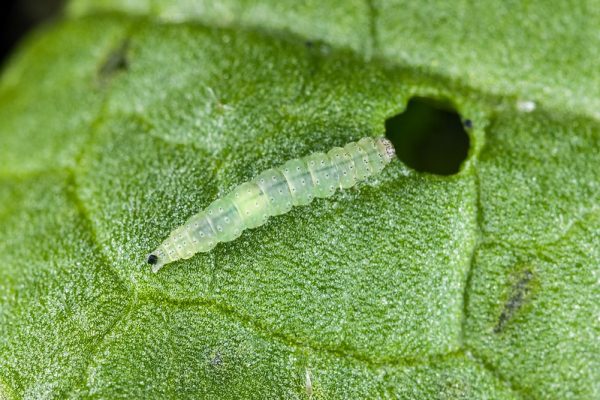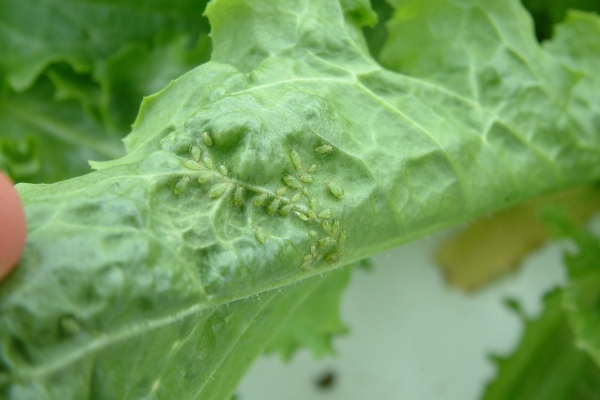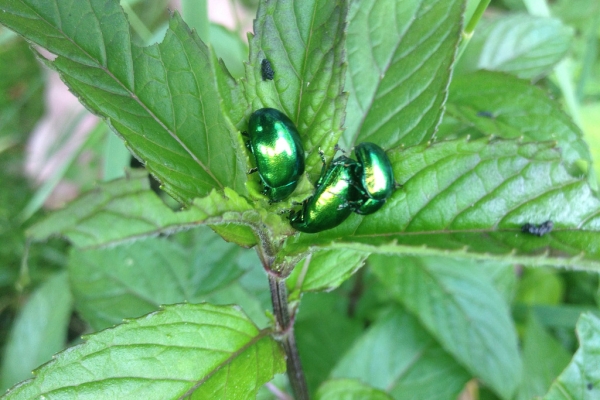Insecticide resistance in the peach-potato aphid
Of the thousands of aphid species that exist globally, only a few have developed insecticide resistance. However, some of these are ranked among the most problematic pests worldwide. Some species feed on a wide range of hosts, while others are virtually confined to a single plant species. They damage agricultural and horticultural crops through direct feeding, the transmission of plant viruses, and by their impact on the aesthetic value of crops (by depositing honeydew or simply by being present). This has resulted in them being subjected to intense selection by insecticides, which has led to the evolution of a variety of resistance mechanisms. Looking at alternative means of control and keeping a close eye on insecticide resistance levels in these aphid pests is therefore vital to ensure that growers, advisors and chemical regulators have up-to-date information to base their decisions on. I am making this possible through a research project based at Rothamsted Research (collaboratively-funded by agrochemical companies, crop commodity boards and agronomy companies).
My work includes monitoring live samples of the super-pest, the peach-potato aphid (Myzus persicae), that have been collected from UK crops grown in open fields and protected environments. I screen these samples with insecticides that are available for their control in lab-based bioassays to measure efficacy and look for signs of any changes in response that could lead to resistance. This close vigilance is essential to safeguard the contribution of these compounds to M. persicae management and avoid crop failures. For example, in 1996 UK potato growers could not control aphids that were resistant to pirimicarb. Many plants died from the feeding pressures imposed by aphids carrying a form of resistance known as MACE.
M. persicae not only damages potatoes, it can affect a wide range of other agricultural and horticultural crops and has proved itself to be particularly adept at developing resistance to conventional insecticides. Why some pests evolve multiple forms of resistance, and why others do not, remains unclear but this may relate to the number of host crops the pest is found on, its population size and the amount of exposure to insecticides. In M. persicae at least four different resistance mechanisms have been found to date. These are based on either enhanced detoxification of insecticides (metabolic resistance which ‘mops up’ insecticide molecules before they can reach their target) or modification/mutation of proteins within the aphid (which stop the insecticide molecules binding and inactivating their target sites). As a result, growers run the risk of running out of effective control agents.

Sugar beet infected with beet yellow virus. Photo credit: Mark Stevens
The ‘good’ news is that the prevalence of insecticide resistance in an aphid population can fall when insecticides are not used. We think this happens because resistance can impose fitness costs (an ability to replicate and survive in a competitive environment), particularly under stress like cold weather. It appears that the best time to look for fitness costs is when pests are under environmental pressure, when differences in the performance of susceptible and resistant insects are likely to be at their greatest. This stems from work I did when I first arrived at Rothamsted looking at the biology of insecticide-resistant and -susceptible M. persicae in open winter field experiments and under simulated cold conditions in the laboratory.
My work revealed that a form of metabolic resistance, based on overproduction of an insecticide-detoxifying enzyme (affecting organophosphates and carbamates), appears to be associated with low over-wintering survival. Particularly cold winters can re-set resistance levels back to lower frequencies by favouring susceptible aphids. However, in milder winters, which appear to be occurring more often due to global warming, we might expect not only increased aphid over-wintering in general but also a higher proportion of insecticide-resistant forms surviving to the following Spring. In addition, knock-down resistance (making the nervous system of aphids insensitive to pyrethroid insecticides) in M. persicae is associated with poor behaviour that results in greater vulnerability to attack by parasitoid wasps. We are basically seeing ‘aphids behaving badly’. This highlights the importance of maintaining beneficials in the crop and not applying unnecessary sprays that will inadvertently kill them. One way of increasing the number of beneficials is to maintain field margins which are good habitats for them.

Parasitoid wasp attacking an aphid. Photo credit: Rothamsted Research
The more we understand about factors influencing the frequency of resistant insects, the better placed we are to prevent them from reaching levels at which insect populations become out of control. The recent failure of neonicotinoid insecticides used to control M. persicae in southern mainland Europe and north Africa is a ‘spectre on the horizon’ and reinforces the need for continued resistance monitoring. So far, my work has shown no evidence of strong (Nic-R++) neonicotinoid resistance in the UK. However, the appearance of Nic-R++ aphids in this country would have very serious repercussions for neonicotinoid treatments on potatoes, sugar beet, brassicas, salads and ornamentals. There are no viable alternatives to neonicotinoids currently available on sugar beet. Furthermore, the presence of these resistant aphids would, in turn, accentuate the risk of the evolution of resistance to alternative non-neonicotinoid compounds, such as pymetrozine and flonicamid.
A particular concern of mine is the finding that at least some individuals in our M. persicae samples taken from protected crops may have arrived in the UK on imported plant material. This is because they resemble aphids seen in more genetically-diverse, sexual populations abroad. Screening aphids from these protected environments remains crucial as they are more likely to carry resistance mechanisms such as Nic-R++.
In 2013 the European Commission imposed an initial two-year restriction on the use of neonicotinoid seed treatments on some flowering crops as a ‘precautionary measure’. This has since been extended to the present and beyond. The restriction was in response to concerns about declining bee populations throughout Europe, a worrying phenomenon that remains not well understood. While welcomed with open arms by some, the drastic restrictions are seen by others as being unjustified and disproportionate and going against the EU’s prime goal of encouraging food security. Pressure is mounting to extend the restriction to all crops including cereals.
So, where do we go from here? I feel that we cannot be reliant on synthetic insecticides that are currently effective, either because resistance will evolve eventually or products will be lost through legislation. We also cannot rely on new compounds becoming available as there is an increasing cost to producers, in terms of time, money and regulation, in bringing them to the market. Alternative control strategies, such as using varieties of plants that are resistant to aphid attack, with a good example being varietal resistance to the Russian Wheat aphid (Diuraphis noxia) in cereals grown in the USA and South Africa, can work. Mass releases of aphid parasitoids can also control pest outbreaks, particularly in closeted environments such as glasshouses. Other potential approaches are to exploit insecticide resistance sometimes placing a competitive cost on pests or the use of botanical insecticides derived from secondary metabolism in plants.
Other strategies, focused on enhancing the ecological infrastructure on the farm, can also help… Beetle banks increase the numbers of predatory beetles that consume aphids, and pollen and nectar mixes attract parasitoids which also help control. Reduced and zero tillage are associated with reductions in aphid-borne BYDV infections, possibly because of increased predation by spiders. Good soil structure reduces plant stress in summer time in particular. When plants become moisture stressed, this seems to concentrate the sugar in the sap and aphids thrive better.
However, none of these are likely to be either as quick or as effective compared to controlling pests with insecticides. In the future we need to adapt our farming systems in ways that suppress pests using measures that are not reliant on chemical control.
Steve Foster writes of himself: “I gained a PhD in Genetics at Nottingham University by studying seaweed flies, which wasn’t very convenient as I was situated miles from the coast. This then allowed me to get a job at Rothamsted Research in 1992 working on the genetic and ecological aspects of insecticide resistance in crop pests. This has involved measuring selective advantages, in the presence of insecticides, and potential fitness costs in the absence of insecticides, particularly during times of stress such as bad weather. My findings have been publicised in a range of ways: scientific journals, the trade press, BBC TV and radio, Resistance Alerts, Resistance Management Guidelines and talks to growers and agronomists. My work is also providing a useful insight into the processes driving evolution and selection, something that Charles Darwin would have appreciated greatly! I play tennis and when I was a teenager I beat the Formula 1 World Champion, Nigel Mansell. I also play the drums in a six-piece band at functions such as weddings and birthdays, sometimes I even get paid.”
Learn more:
- Have you explored Rothamsted Research’s ‘Croprotect Information Database’? Access it here and look at management recommendations for peach-potato aphids, including selecting potato varieties, encouraging natural enemies and advice regarding sowing sugar beet.
- GWCT’s Frank Parkinson’s report ‘Sustainable Control of Crop Pests’ provides information on biological control methods for peach-potato aphid. Access it here.
- AHDB’s ‘Encyclopaedia of pests and natural enemies in field crops‘ provides lots of useful information on peach-potato aphid, such as identification, monitoring, affected crops and different means of control.
- ‘Bringing in the bugs‘ is a particularly useful article in relation to controlling pests in organic protected cropping systems.
Browse the ‘Related content’ (to the right) to access information on some of the strategies highlighted in relation to enhancing the ecological infrastructure on the farm.
(Editor’s Note)
Header image: Myzus persicae showing red, green and yellow colour morphs. Photo credit: Rothamsted Research


